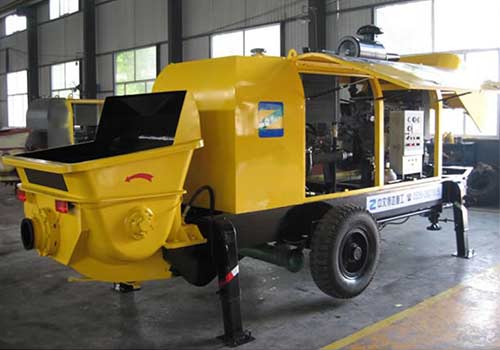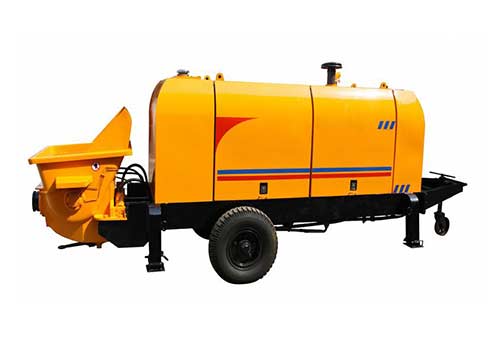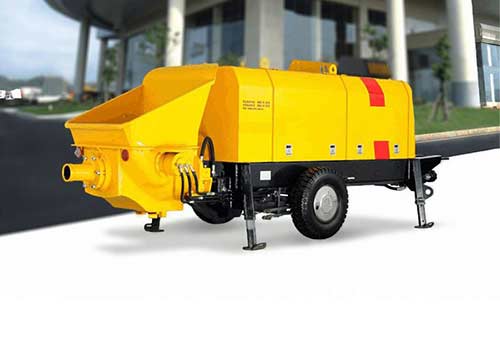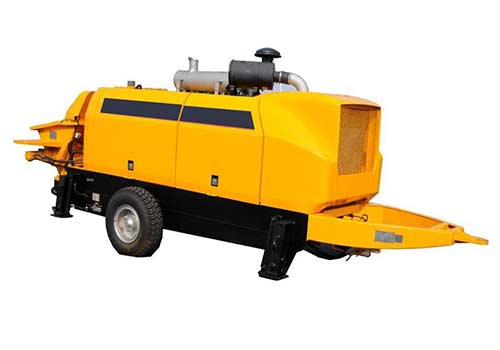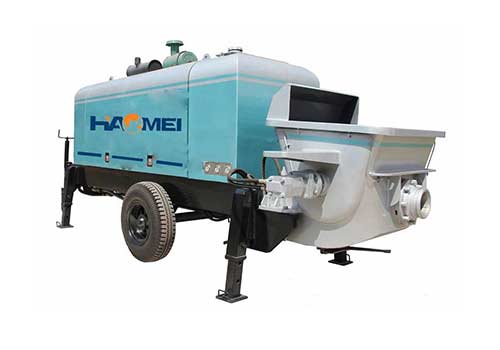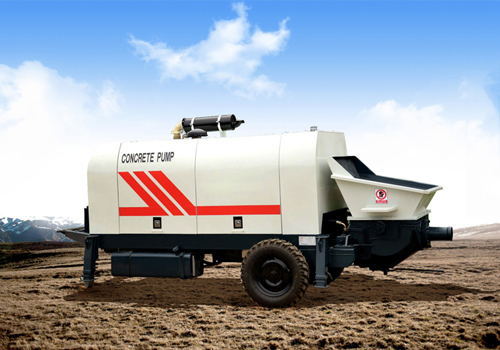Mobile concrete pump mudbugs concrete pumping
May 09, 2025
Mobile Concrete Pumping: Transforming Construction with Flexibility and Power
In modern construction projects, efficiency, adaptability, and performance are critical to meeting tight deadlines and complex specifications. Mobile concrete pumps emerge as a vital solution, offering unmatched flexibility for transferring concrete in diverse environments, including challenging terrains. Among their many applications, handling muddy conditions and intricate pouring scenarios benefits greatly from these dynamic tools. Here, we explore the features, applications, and technical solutions provided by mobile concrete pumping units.
Features of Mobile Concrete Pumps
1. Portability and FlexibilityOne of the defining characteristics of mobile concrete pumps is their compact, transportable design. Mounted on trailer bases or small chassis, these pumps can automatically move from one site to another without extensive dismantling. This mobility allows quick deployment in remote or hard-to-reach locations, significantly reducing setup times.
2. Multiple Concrete Delivery OptionsModern mobile pumps integrate flexible boom or pipe systems with multiple articulation points, enabling precise placement of concrete. They often offer adjustable output rates, allowing operators to match pump performance with specific project needs without compromising on speed or quality.
3. Robust Hydraulic SystemsAdvanced hydraulics power the high-pressure pumping mechanism, ensuring consistent flow even under demanding conditions. They provide fine control for delicate placements, such as walls or intricate structures, along with the ability to handle high-viscosity or muddy mixes.
4. Durable Construction for Harsh ConditionsDesigned for rugged use, mobile concrete pumps feature corrosion-resistant materials and reinforced structural components. This durability is crucial when pumping in environments with high moisture, dirt, or mixed debris like muds.
Applications in Diverse Construction Scenarios
1. Muddy and Challenging GroundsNatural terrains often present muddy or unprepared surfaces, complicating traditional pouring methods. Mobile concrete pumps excel here, adopting flexible delivery paths that minimize excavation and site preparation. They can be equipped with extended booms or long hoses to reach specific areas, reducing manual labor and increasing safety.
2. Infrastructure and Repair ProjectsWhether repairing existing structures or building new infrastructure in congested or tricky urban sites, mobile pumps effectively navigate tight spaces. Their mobility reduces the necessity for auxiliary equipment, streamlining project workflows.
3. Rapid Deployment in Emergency or Time-Critical ProjectsIn situations like disaster recovery or immediate repairs, quick setup and mobility enable rapid deployment, ensuring business continuity and timely completion.
4. Specialized Concrete Mixes and Muddy EnvironmentsHandling mixes with high fines or mud_content requires pumps with enhanced hydraulic pressure and cavity clarity to prevent blockages. Modern designs incorporate flow optimizations, reducing downtime caused by clogs or cleaning processes.
Technical Solutions for Challenging Sites
Advanced Hydraulic DesignInnovation in hydraulic systems enhances the transport and precise placement of poor-quality or muddy mixes. Variable flow rate controls, coupled with high-pressure capabilities, ensure consistent pumping even under high viscosity conditions.
Flexible Boom ConfigurationsMulti-joint, foldable booms extend reach and maneuverability, allowing the operator to adapt to site constraints confidently. These configurations are particularly beneficial in confined construction zones, delivering concrete vertically or laterally with minimal manual intervention.
Mud and Debris Handling MechanismsSome mobile pumps incorporate specialized valves and flushing systems that clear blockages rapidly and simplify cleaning after pumping muddy remnants, reducing operational delays.
Environmental AdaptationsFeatures like dust covers, corrosion-resistant pipes, and temperature controls maintain pump performance across variable weather and site conditions.
Related Articles
-
Small concrete pump machine concrete mix delivery
Dec 28, 2024
-
Tips to Prevent Concrete Trailer Pump Accidents
Dec 23, 2019
-
B&a concrete pumping lori pump concrete
Dec 16, 2024
-
Cement pump machine homemade concrete pump
Dec 18, 2024
-
Commercial cement mixer portable concrete pump
Jan 03, 2025
